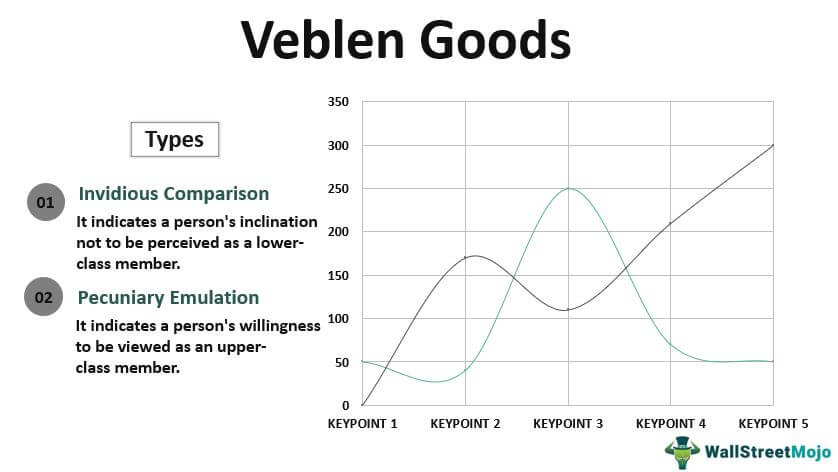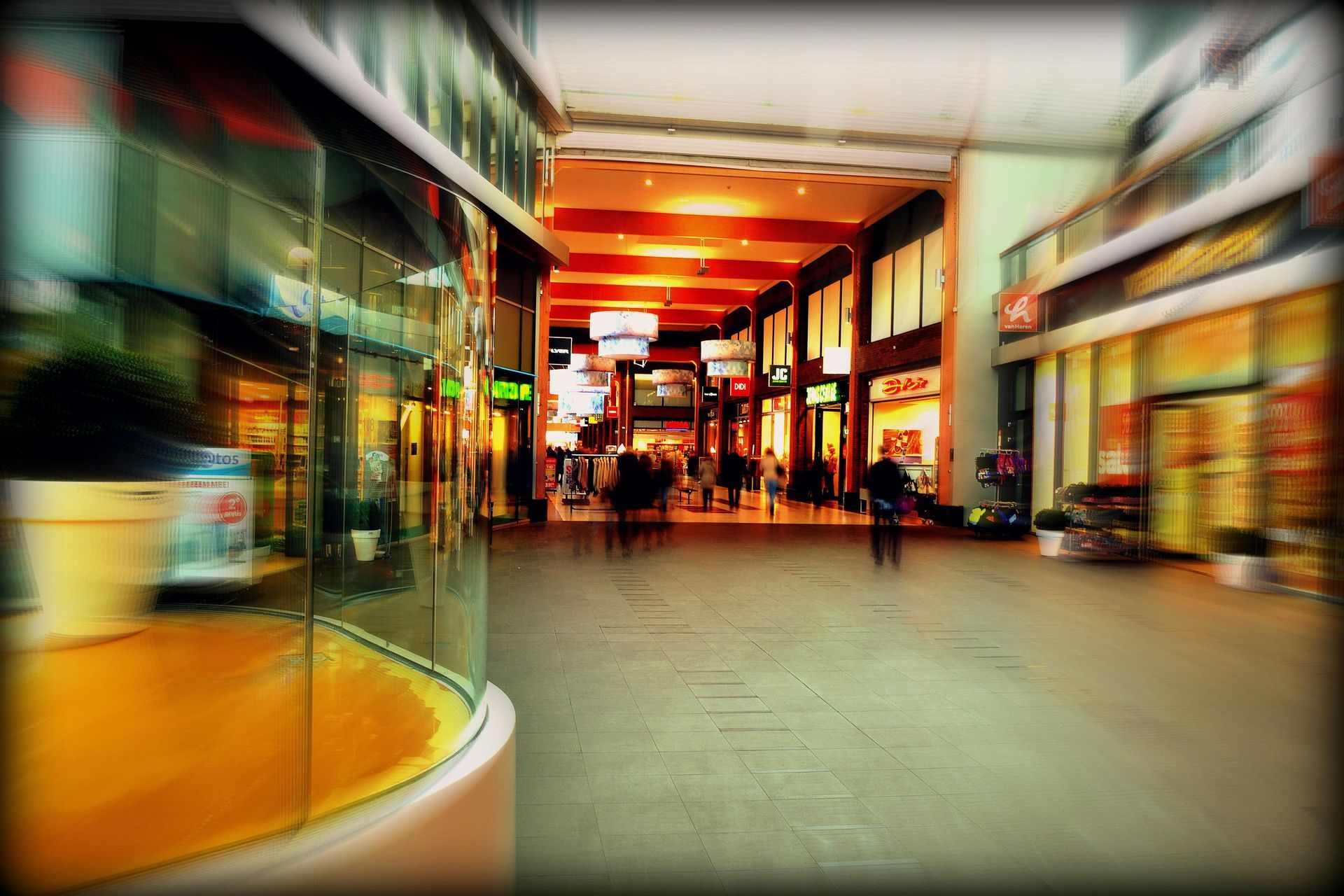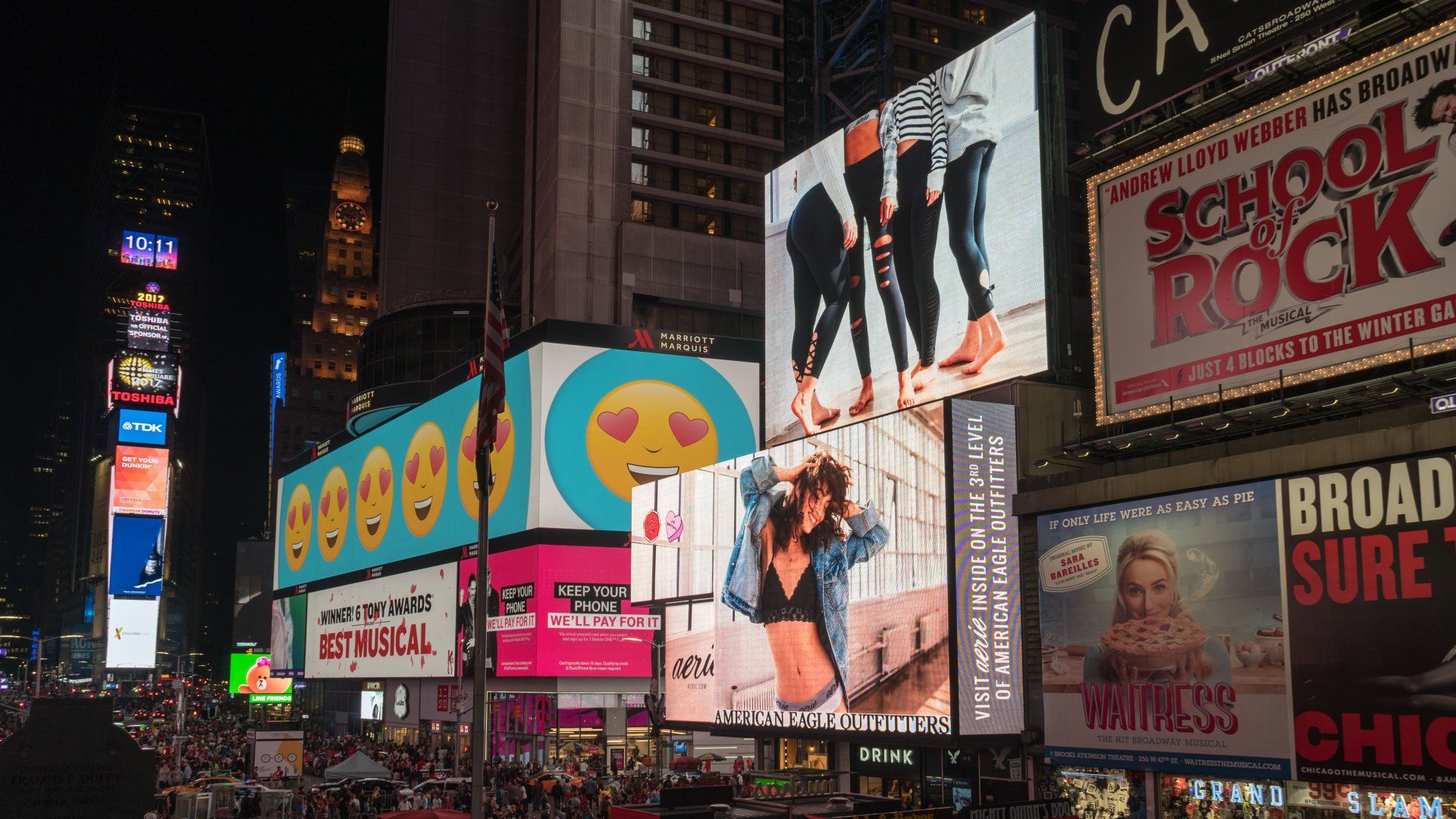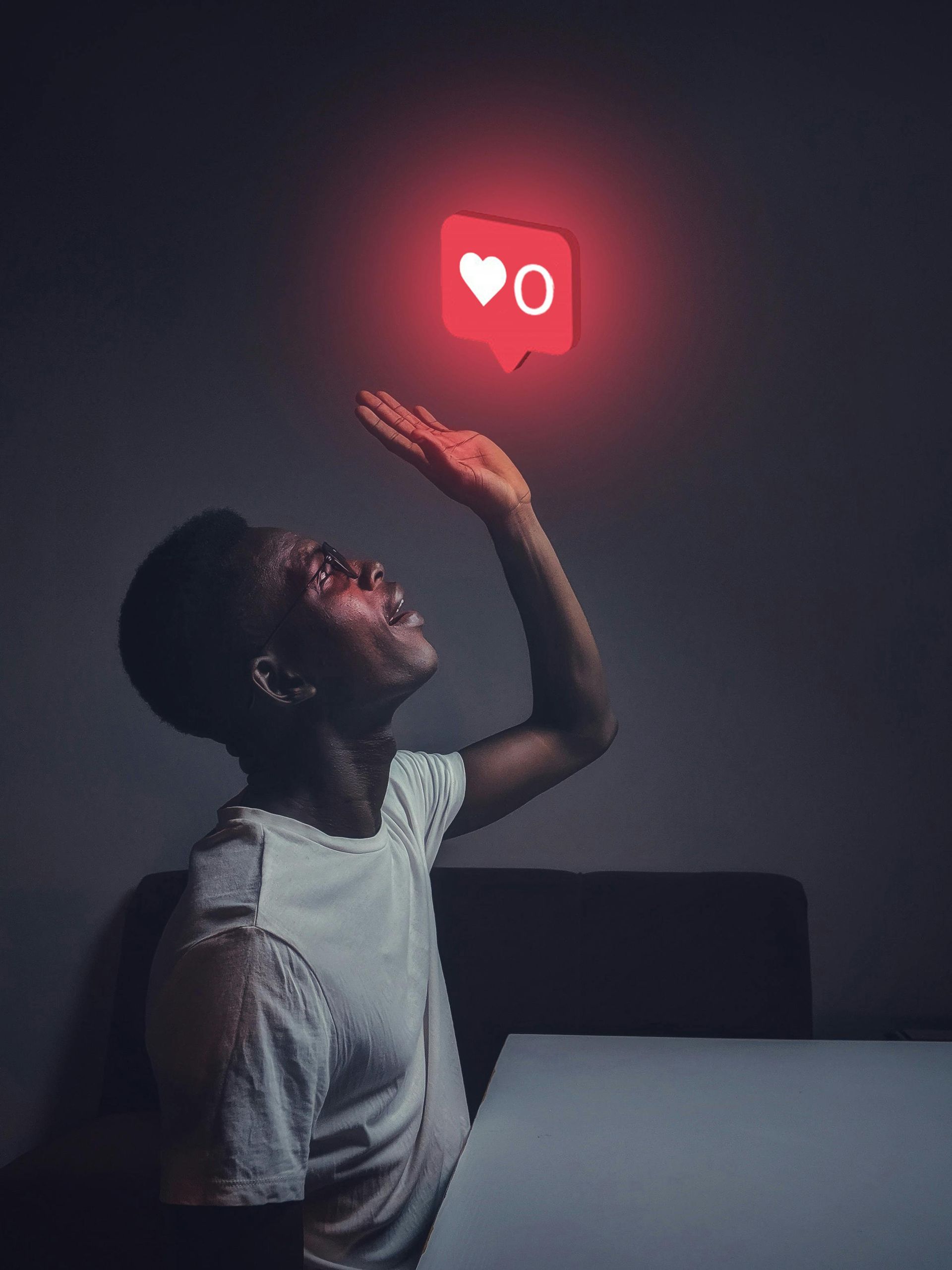The Deep Dive into Luxury Pricing Psychology
The Deep Dive into Luxury Pricing Psychology
Picture a bustling city center, where amidst the everyday retail shops, there's a high-end boutique that stands apart. The price tags here do more than just display numbers; they tell a story of exclusivity, prestige, and desire. Welcome to the world of luxury pricing, a realm where price tags beckon consumers into an exclusive narrative. As we delve into the heart of luxury pricing psychology, we'll uncover what draws consumers to these premium goods, and the branding magic that keeps them enchanted.
The Veblen Effect
Picture an auction room, the air thick with anticipation as a revered painting awaits its fate under the hammer. As the bids escalate, the room's enthusiasm follows suit. This is the Veblen Effect unfurling before our eyes—a phenomenon where a product’s allure amplifies with its price. Take a Hermes Birkin bag, for instance. With its hefty price tag, it transcends its accessory status to become a symbol, a badge of prestige, sought after not despite its price, but because of it.
The term 'Veblen Effect' traces back to Thorstein Veblen, an American economist who spotlighted this concept in his seminal work, "The Theory of the Leisure Class." It mirrors how individuals gauge the value of goods and services, with price as the central protagonist. This effect plays a pivotal role in propelling the success trajectory of luxury brands.
But the Veblen Effect isn’t confined to just luxury items; it extends its reign to products bathed in a "prestigious" aura. In certain scenarios, a product’s price elevation can boost its demand, as individuals equate a higher price with superior quality or exclusivity.
It’s crucial, however, to acknowledge that not every product dances to the tunes of the Veblen Effect. Some might see a dip in allure with a price hike, as consumers could tag them as overpriced.
In a nutshell, the Veblen Effect unveils a riveting facet of the intricate price-value relationship. While it might be a boon for some products, it doesn't spell out a sure-shot route to success.

Image courtesy of
WallStreetMojo
Perceived Value and Quality
Picture a serene walk through a verdant vineyard, with tales of abundant harvests, the fertile richness of the soil, and the artisanal touch in winemaking swirling around. Now, as you savor a sip of that wine, its price tag subtly narrates a saga of quality and craftsmanship, making every sip feel exquisite. This narrative, laced within the price, is the essence of perceived value. In the luxury market, a high price often narrates tales of quality, exclusivity, and a rich heritage. When a consumer reaches for a posh Gucci bag, they’re not merely acquiring a bag; they're investing in a legacy of craftsmanship, buying a chapter of a narrative that echoes quality and exclusivity.
Exclusivity and Scarcity
Picture the scene at a limited-edition sneaker launch, where only a scarce number of pairs are up for grabs worldwide. The buzz in the air, the snaking lines, the palpable anticipation — all driven by the sheer exclusivity and scarcity of the offering. This scarcity does more than just stoke the demand; it artfully justifies the towering price tag. Luxury brands are maestros at orchestrating this allure, crafting each product as a rare gem awaiting a discerning owner.
Social Status and Prestige
Visualize a grand soirée where the subtle glint of a Rolex or the understated elegance of a Chanel dress serves as a silent yet potent proclamation of one's social standing. Luxury items, adorned with hefty price tags, transcend the realm of mere possessions; they morph into eloquent statements of social status and prestige. The pricing in this echelon isn’t merely a reflection of cost; it’s a beacon of societal stature and an emblem of exclusivity.
Emotional Connection
Remember the enchanting moment you cradled a luxury item for the first time - the supple leather of a Louis Vuitton bag under your fingers, or the effortless glide of a Montblanc pen across paper. There's a heartwarming narrative woven around luxury goods that goes beyond the tangible. The lofty price tag often amplifies this emotional bond, turning each purchase into a rewarding escapade, a step into a tale of elegance and sophistication.
Branding and Marketing Strategies
Luxury brands are akin to seasoned storytellers, weaving narratives of legacy, heritage, and unrivaled quality. Through captivating storytelling, aesthetic allure, and a steadfast brand persona, they conjure a realm that consumers yearn to belong to. Here, a hefty price tag morphs into a gateway, ushering aficionados into this exclusive realm, making the cost not a deterrent, but a beckoning invitation.
Real-world Examples
In the echelons of luxury, names like Louis Vuitton, Rolex, and Gucci resonate with a timeless allure, each brand narrating a distinctive tale through their pricing strategies. These venerable houses of luxury have meticulously crafted their brand stories to evoke a blend of desire, prestige, and exclusivity.
Take a glimpse into the marketing odyssey of Louis Vuitton, a brand synonymous with bespoke craftsmanship and heritage. Their pricing isn’t merely a number; it’s a narrative of a rich legacy, meticulous craftsmanship, and an unyielding quest for perfection. Every marketing campaign, be it their captivating window displays or meticulously curated runway shows, echoes this narrative, making the high price tag an expected chapter in their story.
Venture into the world of Rolex, where each timepiece is a blend of precision, innovation, and a timeless bond with extraordinary human achievements. The pricing strategy here isn't just about selling a watch; it's about offering a slice of history, a moment of triumph encapsulated within ticking hands. Their marketing sagas, from sponsoring epochal sporting events to being adorned by icons of history, fortify the narrative that owning a Rolex is akin to wearing a badge of honor.
Then, there's Gucci, a name that reverberates with avant-garde fashion and a flair for the dramatic. The pricing strategy here is an ode to the brand's audacious spirit, innovative design, and a ceaseless pursuit of aesthetic evolution. Each marketing initiative, from bold advertising campaigns to star-studded fashion shows, is a curated endeavor to enthrall consumers, making the price tag a ticket to a world where fashion meets artistry.
Delving deeper into their marketing campaigns, product placements, and consumer engagement endeavors sheds light on how these titans of luxury employ pricing as a potent tool to narrate their brand saga. It provides a window into the realm where psychology, pricing, and branding entwine to create an allure that’s hard to resist, thereby unveiling the profound impact of luxury pricing psychology in action.
)
Image courtesy of
Business Standard
Challenges and Criticisms
The opulent pathway of luxury pricing is adorned with its share of thorns. High prices, often seen as a symbol of prestige, inadvertently draw curtains of criticism for fostering materialism and widening the chasm of social disparity. Critics argue that the lofty price tags not only create an elitist culture but also sideline the essence of accessibility and inclusivity.
Furthermore, the dawn of ethical consciousness and the clarion call for sustainability have ushered in a new era of challenges for luxury brands. Today’s discerning consumer is not merely captivated by the glint of exclusivity; they are equally swayed by the ethics that underpin a brand’s operations. The discerning eye of modern consumers seeks transparency in production practices, fair labor conditions, and a reduced carbon footprint.
Luxury brands, once heralded for their exclusivity, now find themselves at a crossroads, striving to find a harmonious marriage between exclusivity and responsibility. The journey towards integrating sustainable practices while retaining the aura of exclusivity is akin to tightrope walking. Brands like Stella McCartney and Gucci are pioneering this shift, venturing into sustainable practices without diluting their exclusive appeal.
Moreover, the digital renaissance has democratized information, enabling consumers to dissect and discuss the true value and ethics of luxury goods. This empowered consumer base demands more than just a product; they seek a narrative of responsibility and ethical consciousness.
In conclusion, luxury pricing, though a potent tool for brand positioning and consumer allure, treads on a path fraught with ethical quandaries and societal criticisms. As the narrative around luxury evolves, brands are nudged towards embracing a model that harmonizes exclusivity with ethical responsibility, forging a new narrative in the annals of luxury.




















